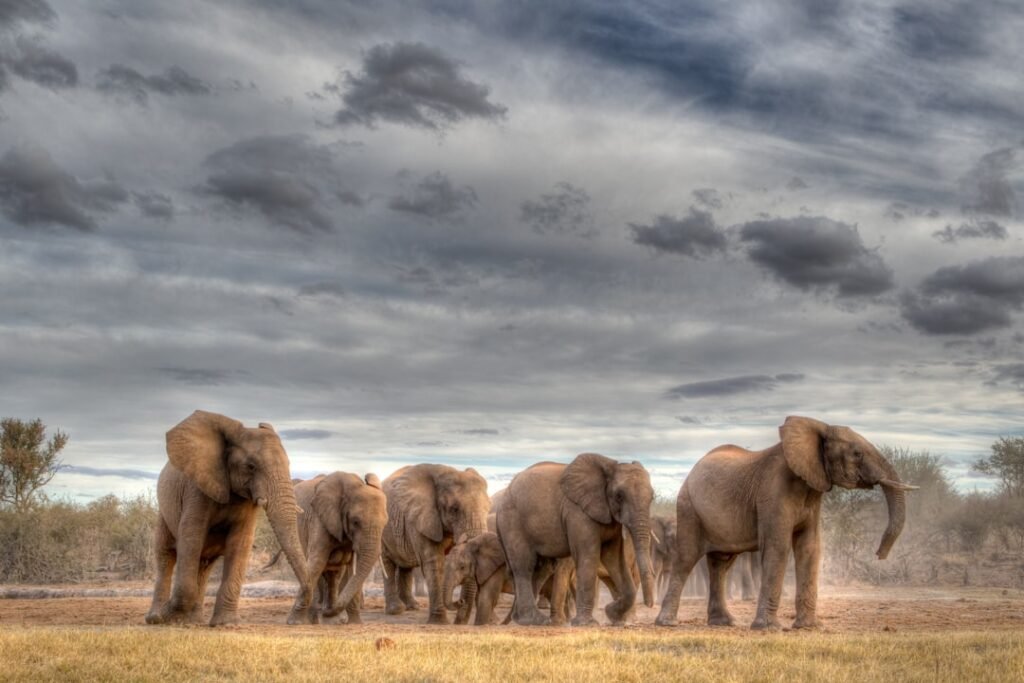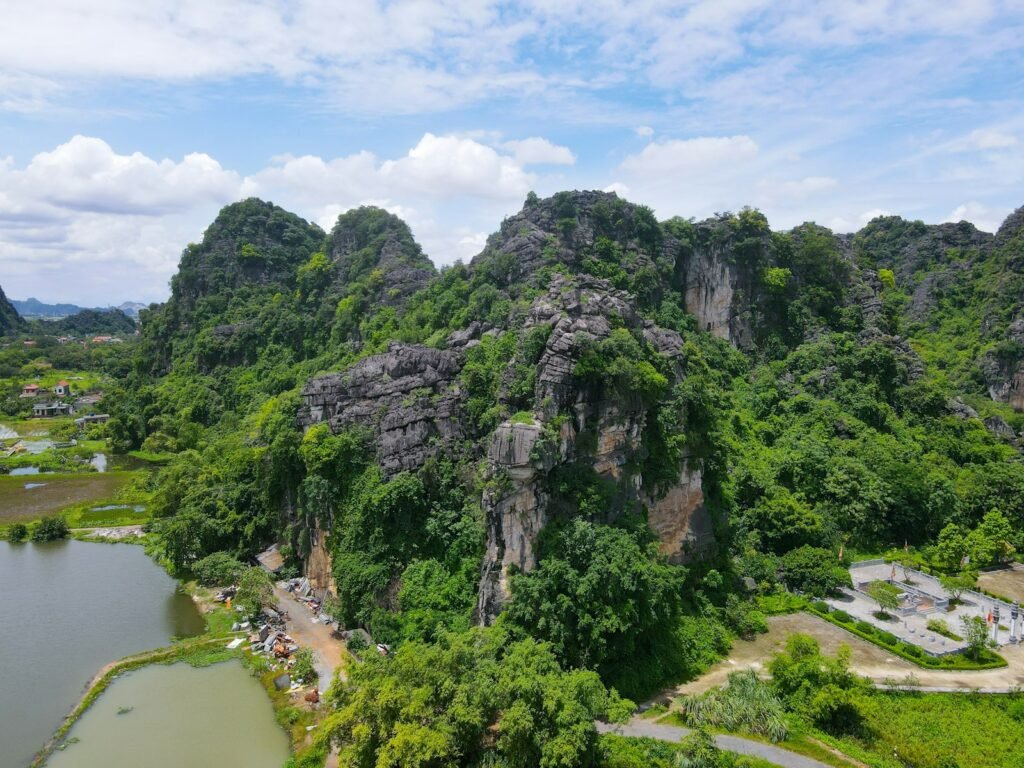Imagine a creature so small yet so fearsome, it has earned the nickname of a “real-life vampire.” The Candiru fish, native to the Amazon River, is infamous for its ability to detect blood in water. This tiny fish, often no longer than a few inches, strikes fear due to its unique adaptation, which allows it to track blood like a predator from a horror movie. But how does this aquatic marvel manage such a feat? Let’s dive into the world of the Candiru fish and uncover the secrets of this fascinating yet terrifying creature.
Anatomy of the Candiru Fish
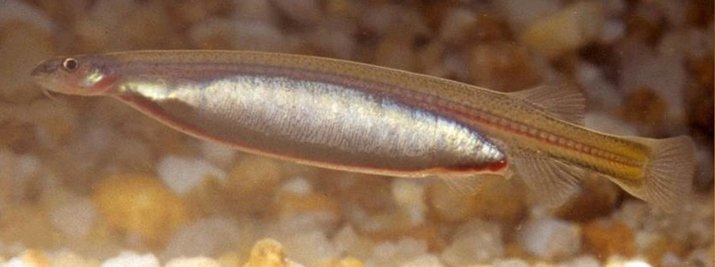
The Candiru fish, also known as Vandellia cirrhosa, is a slender, nearly transparent fish that is often hard to spot in the murky waters of the Amazon. Its body is eel-like, flexible, and elongated, which allows it to maneuver effortlessly through the dense aquatic vegetation. The fish’s small size, often not exceeding 2.5 centimeters, makes it an agile predator in its environment. Despite its diminutive stature, the Candiru has a set of formidable features that aid in its survival and hunting techniques. Of particular note are its backward-facing spines on its gill covers, which it uses to latch onto its prey. This anatomy is perfectly suited to its feeding habits, making it a master of its domain.
The Blood Detection Mechanism

The Candiru fish’s ability to detect blood is nothing short of extraordinary. This capability is rooted in its highly developed olfactory system. Much like a shark, the Candiru can sense minute quantities of blood in the water, honing in on the source with deadly precision. It relies on a specialized set of sensory organs that can pick up chemical cues in the water, allowing it to detect potential hosts or prey. This adaptation is vital for its survival, as it often targets the gills of larger fish, where the blood supply is rich and the flesh is tender. Through this remarkable mechanism, the Candiru ensures its place in the food chain, despite its small size.
A Day in the Life of a Candiru
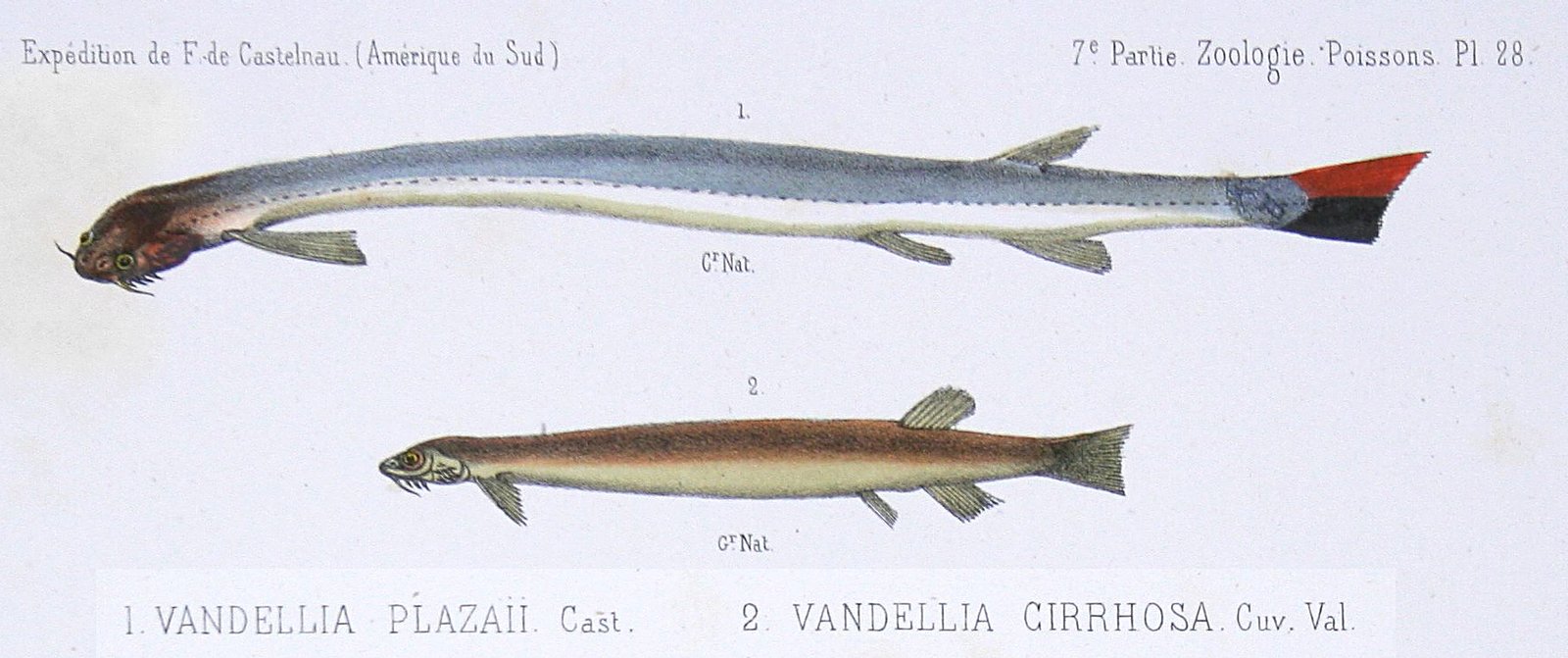
In the dense waters of the Amazon, the Candiru navigates its world with stealth and precision. It often hides among the riverbed or within aquatic plants, waiting for unsuspecting fish to pass by. When a potential host is detected, the Candiru springs into action, using its keen sense of smell to track the blood trail. This fish is not a picky eater; it targets a variety of hosts, including mammals that venture into its territory. Once it locates its prey, the Candiru uses its sharp spines to latch onto the gills, feeding on blood and tissue. This daily routine is a testament to its survival instincts and adaptability in a challenging environment.
The Myth and the Reality

The Candiru fish has been the subject of many myths and legends, often portrayed as a creature that can invade the human body through orifices. While these tales are sensationalized, they are not entirely unfounded. There have been rare cases of Candiru entering human bodies, but these incidents are exceedingly uncommon and often exaggerated. The primary prey of the Candiru remains fish, as they provide a more reliable and abundant source of sustenance. Nonetheless, the stories have contributed to its fearsome reputation, making the Candiru an object of both fascination and dread.
Scientific Studies and Discoveries

Research into the Candiru fish has provided valuable insights into its biology and behavior. Scientists have studied its hunting techniques, olfactory capabilities, and habitat preferences to better understand this elusive creature. These studies have revealed that the Candiru’s blood detection ability is not only a survival mechanism but also an evolutionary marvel. By understanding the Candiru’s adaptations, researchers can gain insights into the broader ecological dynamics of the Amazon River ecosystem. This knowledge is crucial for the conservation of these unique habitats and the myriad of species that inhabit them.
Environmental Role of the Candiru

The Candiru fish plays a significant role in the Amazon River ecosystem. As a parasite and predator, it helps maintain the balance of fish populations, ensuring that no single species dominates the waters. Its feeding habits contribute to the cycling of nutrients, supporting the diverse aquatic life in the river. By preying on weakened or injured fish, the Candiru indirectly aids in the health of fish populations, removing those that may be susceptible to disease. In this way, the Candiru acts as both a predator and a caretaker, highlighting its importance in the intricate web of life in the Amazon.
Adapting to a Changing World
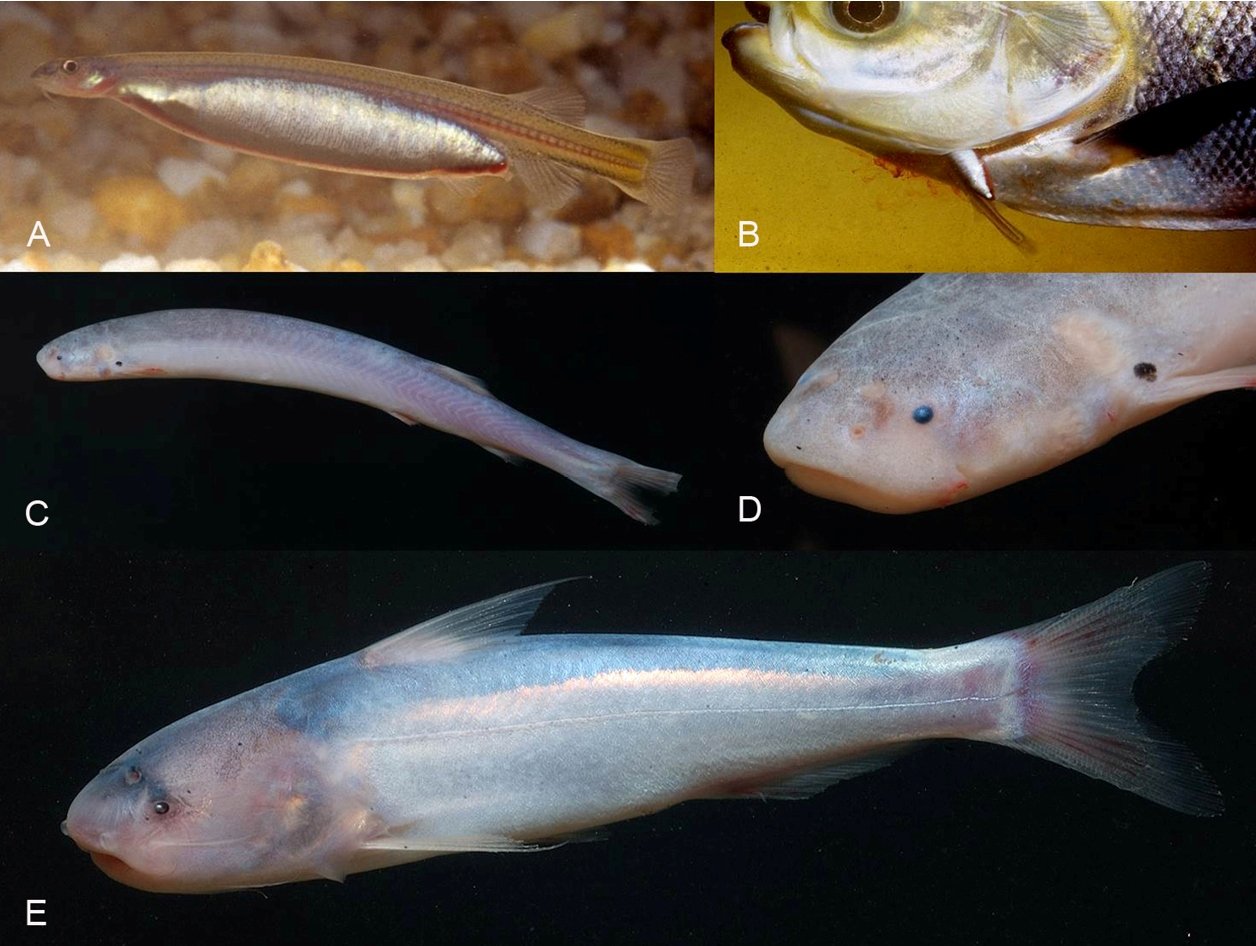
The Candiru fish, like many other species, faces the challenges of a rapidly changing environment. Deforestation, pollution, and climate change are altering the Amazon River and its surrounding ecosystems. These changes threaten the delicate balance that the Candiru and other aquatic species rely on for survival. However, the Candiru’s adaptability and resilience offer hope for its continued existence. Conservation efforts and sustainable practices are crucial in preserving the habitats that support this remarkable fish and the countless other species that call the Amazon home.
Human Interactions and Misunderstandings
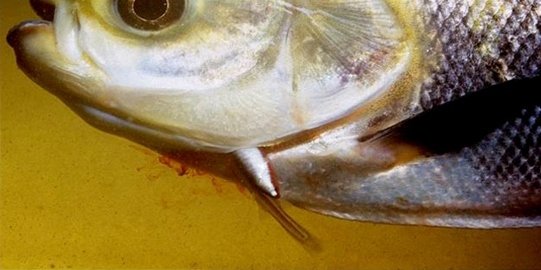
Despite its fearsome reputation, the Candiru fish’s interactions with humans are minimal. The myths surrounding its attacks on people have led to misunderstandings and fear. Education and awareness are essential in dispelling these myths and promoting a more accurate understanding of the Candiru’s role in its ecosystem. By shifting the narrative from fear to fascination, we can appreciate the Candiru for its unique adaptations and the role it plays in maintaining the health of the Amazon River.
The Future of the Candiru Fish
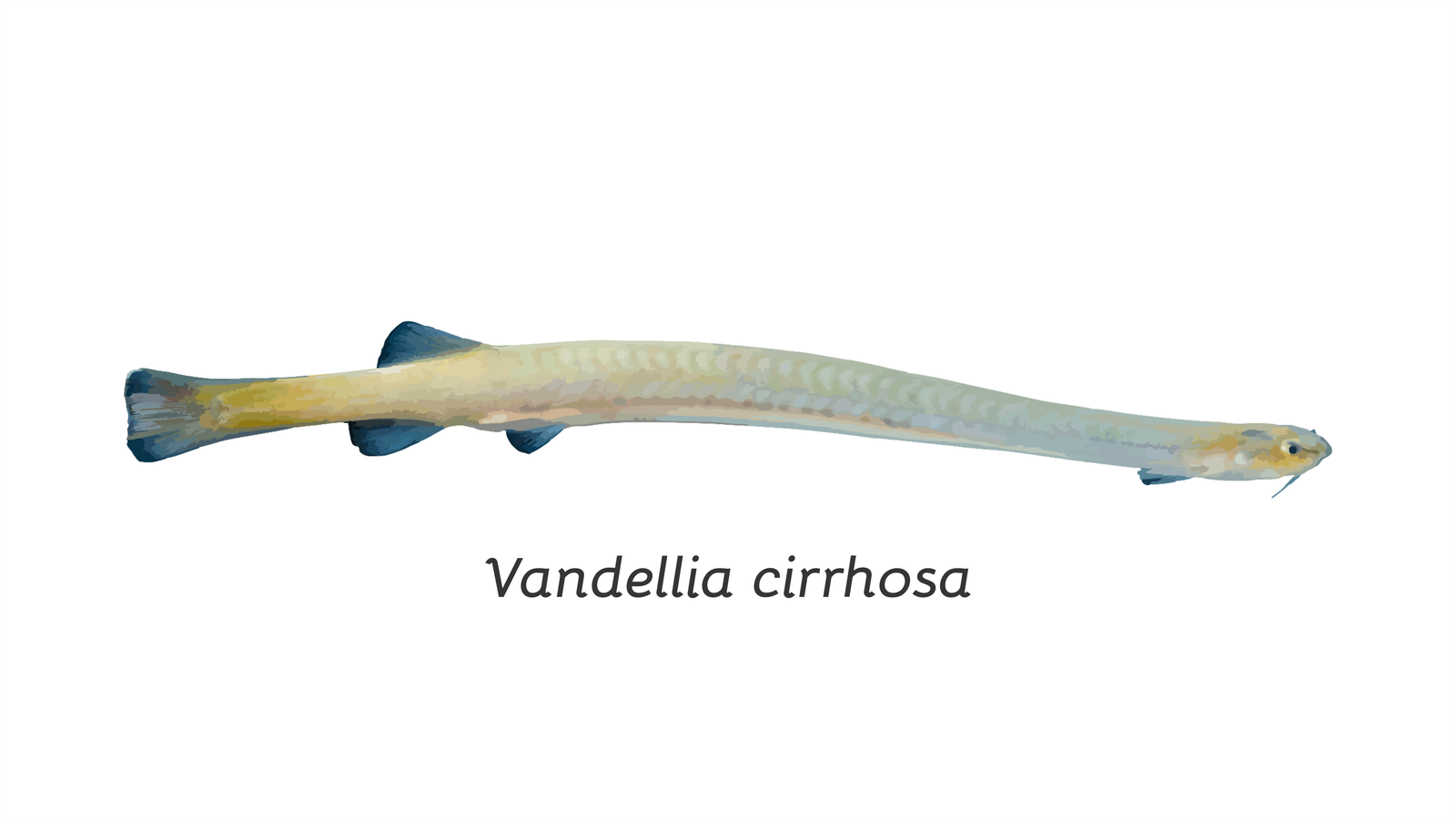
Looking ahead, the future of the Candiru fish is intertwined with the health of the Amazon River. Efforts to protect this vital ecosystem are crucial for the survival of the Candiru and countless other species. Researchers continue to study the Candiru, unveiling new aspects of its biology and behavior, which can inform conservation strategies. As we learn more about this enigmatic fish, we gain a deeper appreciation for the complexity and beauty of the natural world. The Candiru serves as a reminder of the wonders that lie beneath the surface, waiting to be discovered and understood.
Conclusion
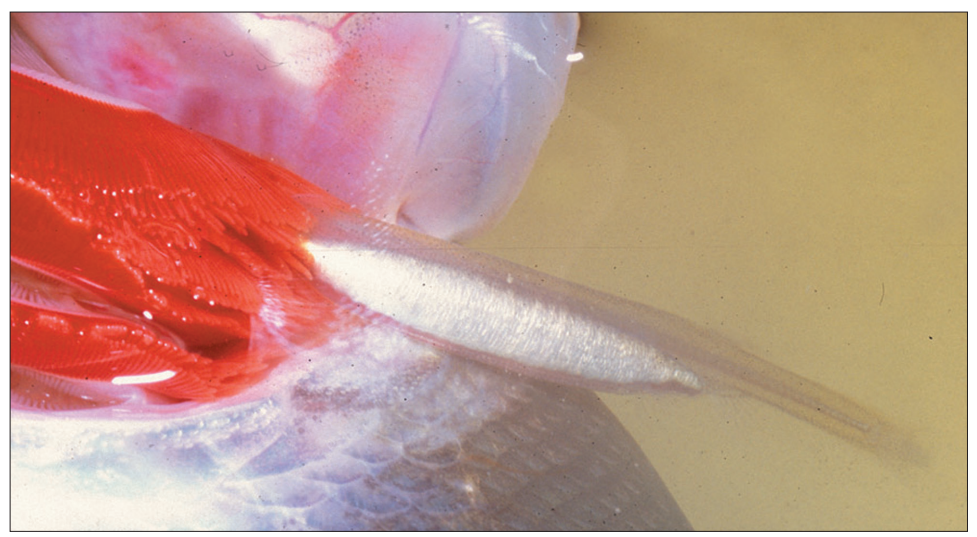
The Candiru fish, with its vampiric reputation and extraordinary adaptations, remains one of nature’s most fascinating creatures. Its ability to detect blood in water showcases the marvels of evolution and the intricate balance of ecosystems. As we continue to explore the mysteries of the natural world, the Candiru stands as a testament to the diversity and resilience of life on Earth. By fostering a deeper understanding of such species, we can work towards preserving the environments they inhabit and ensuring their survival for generations to come.



